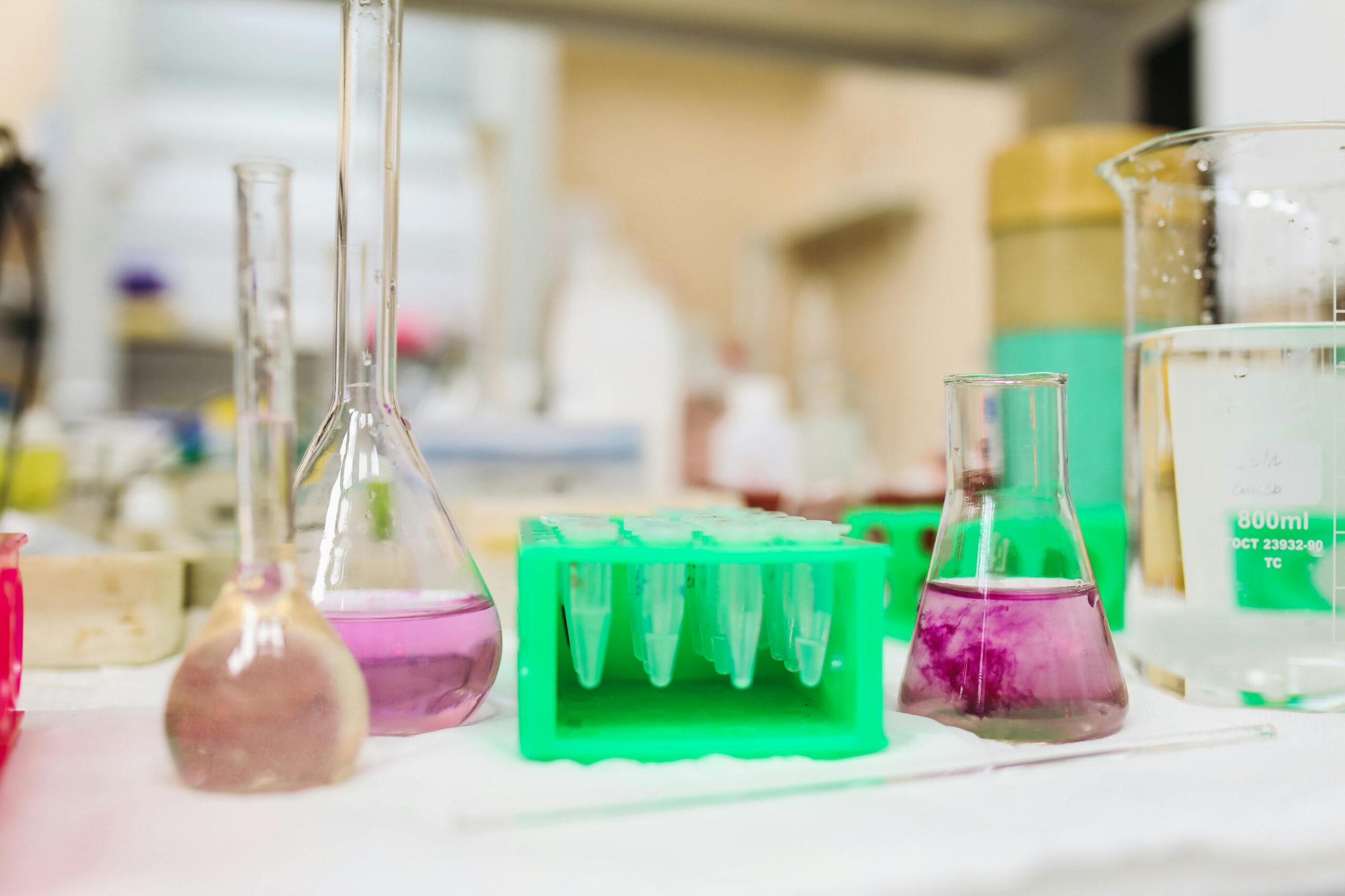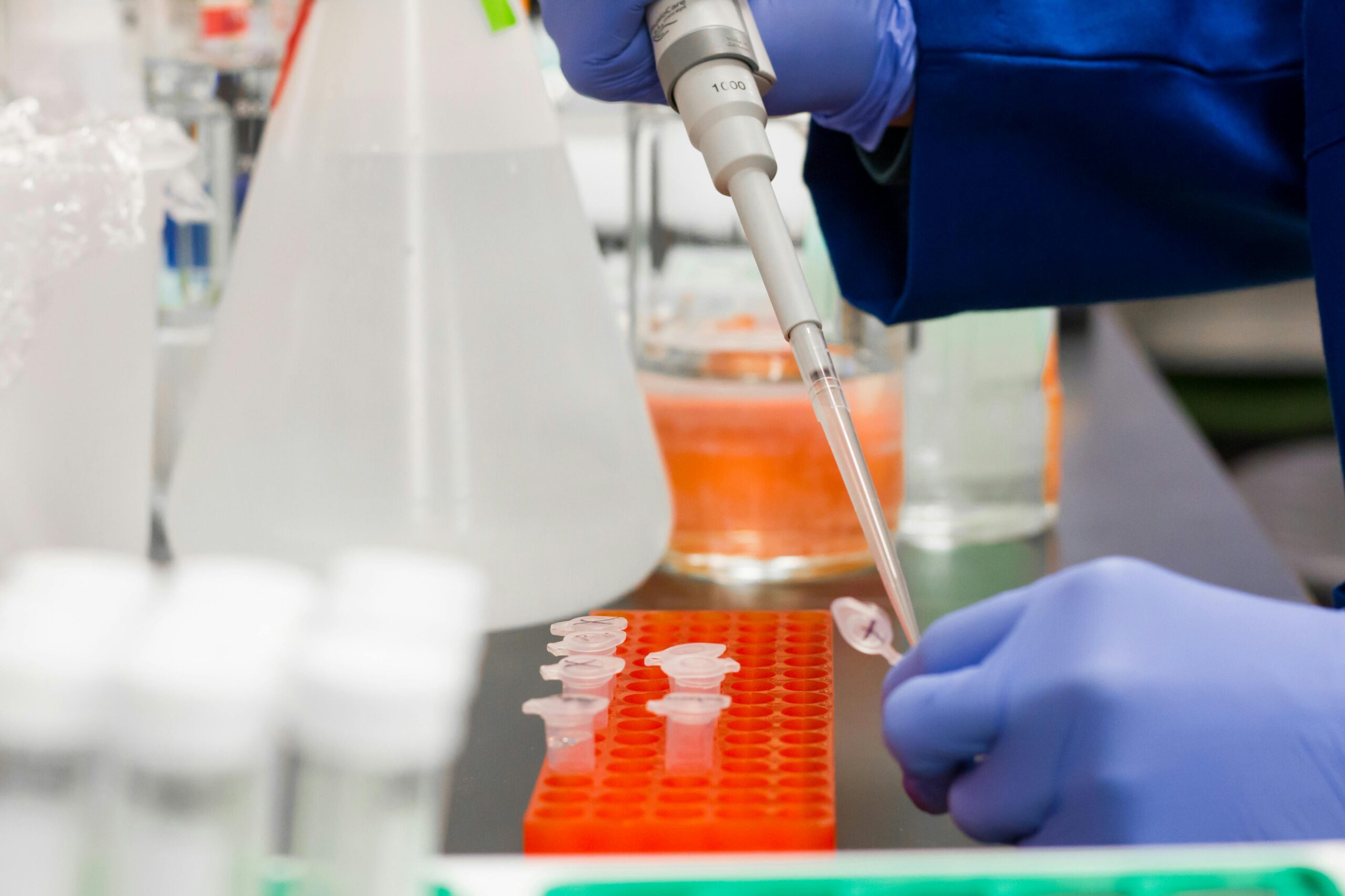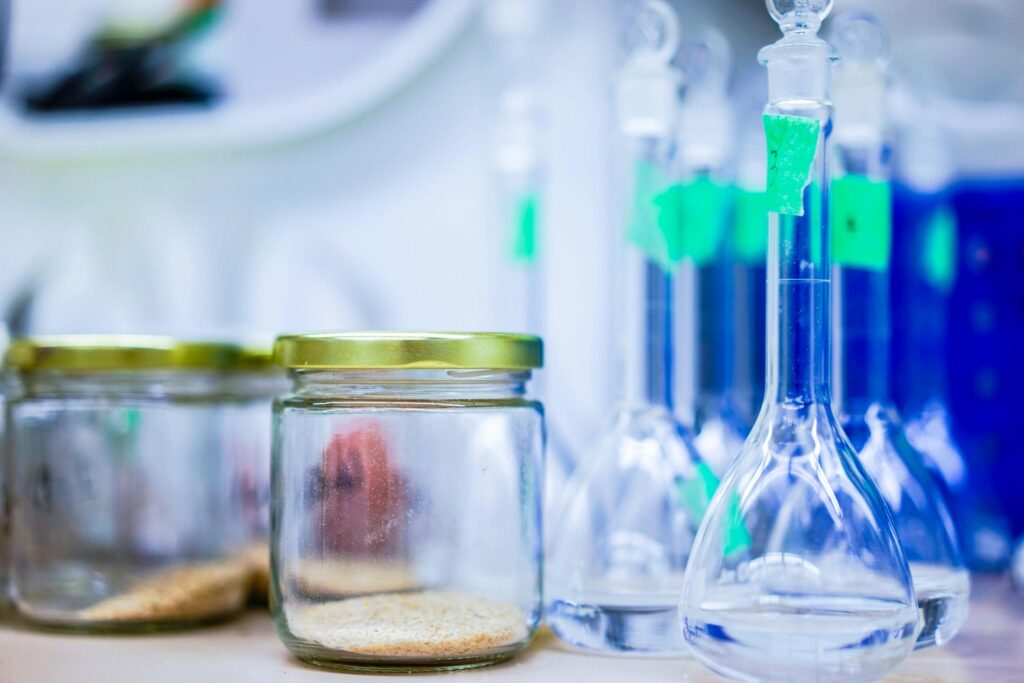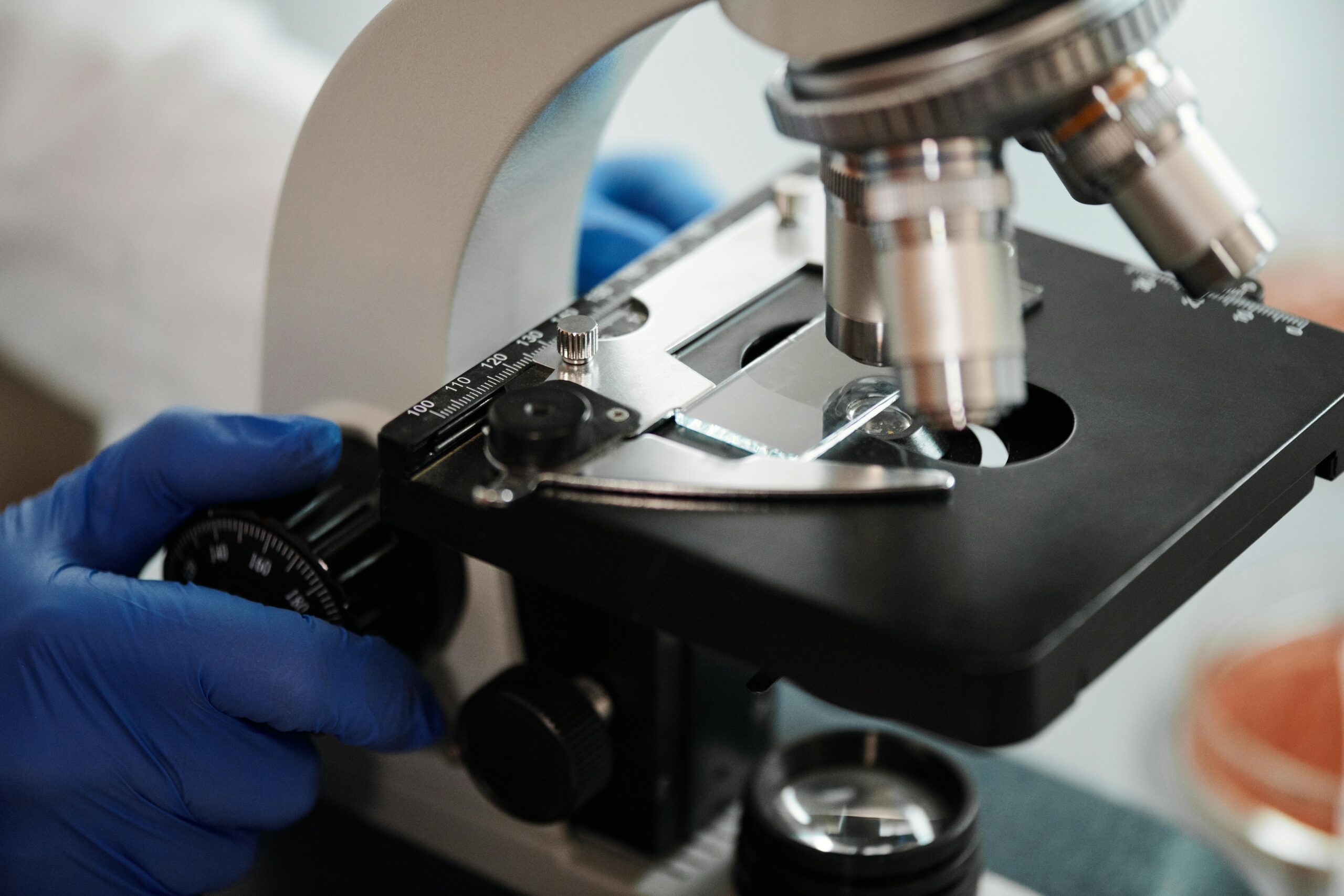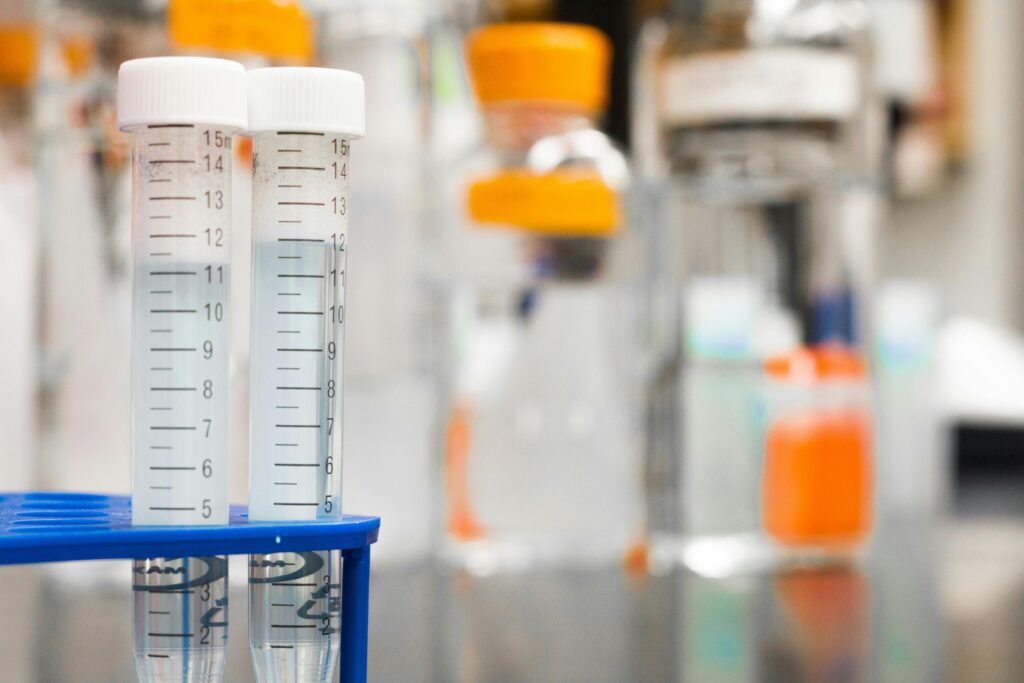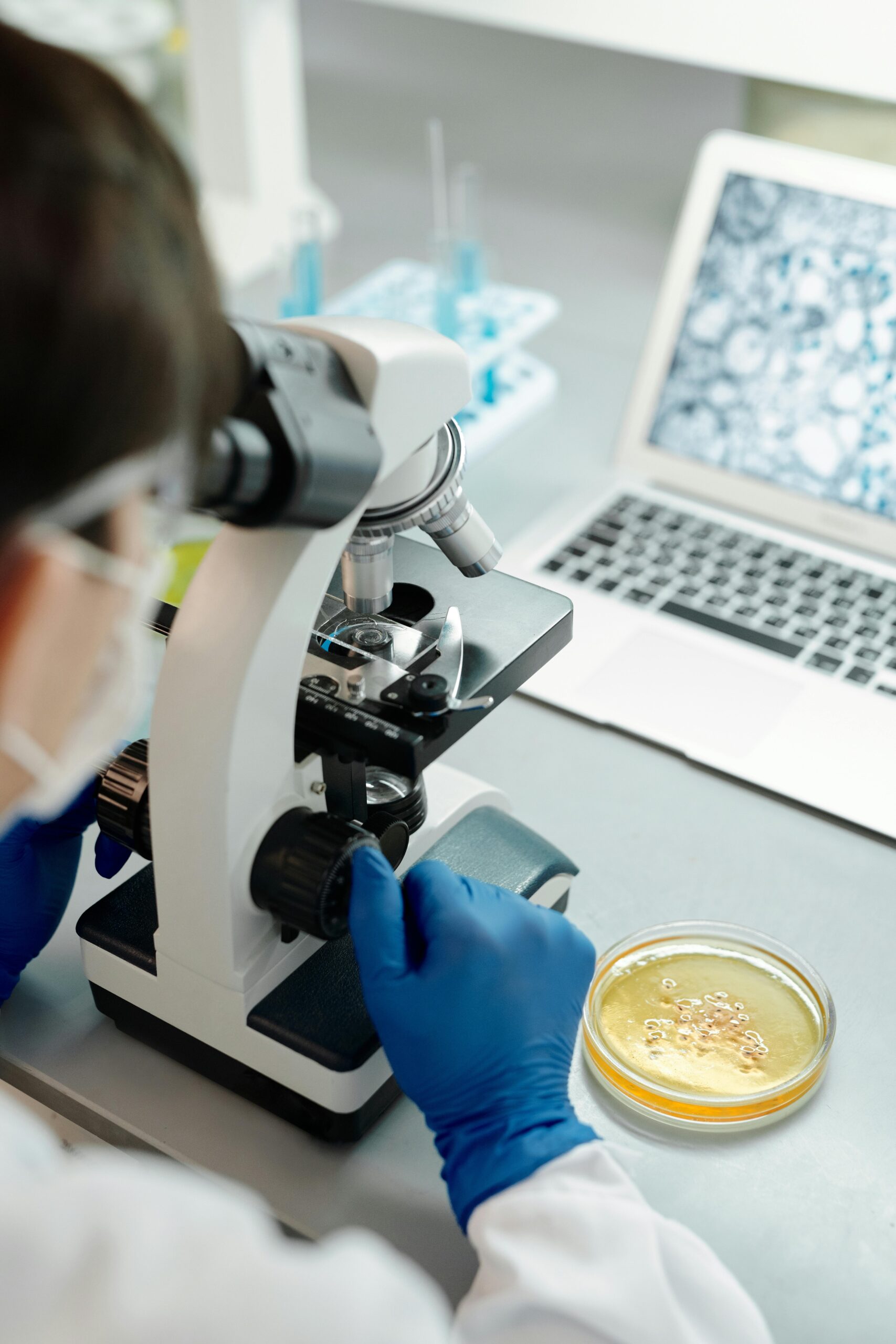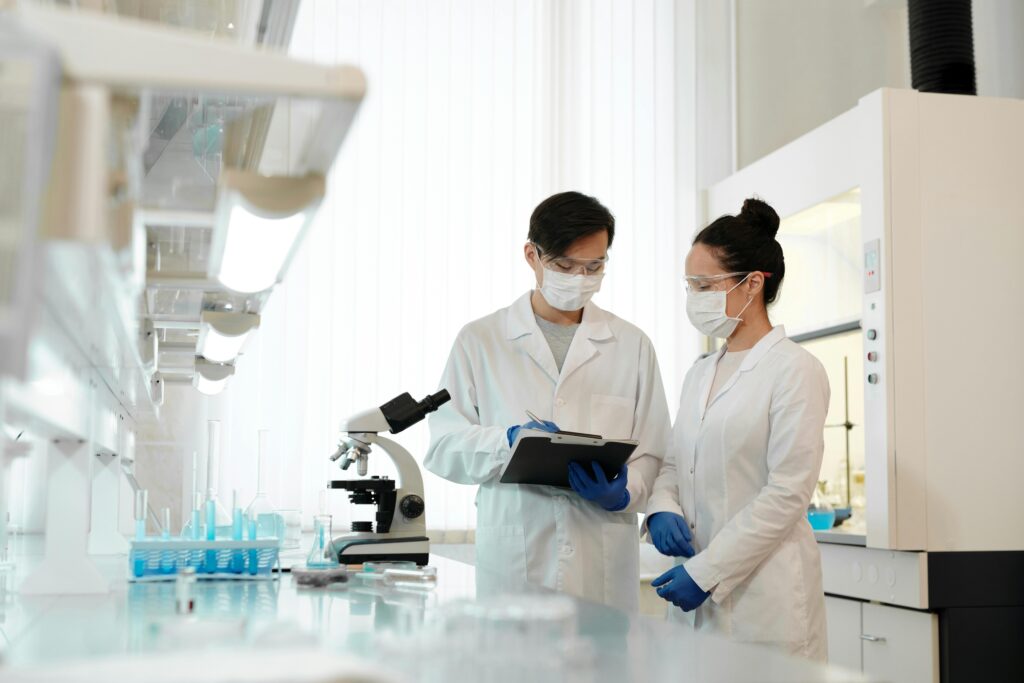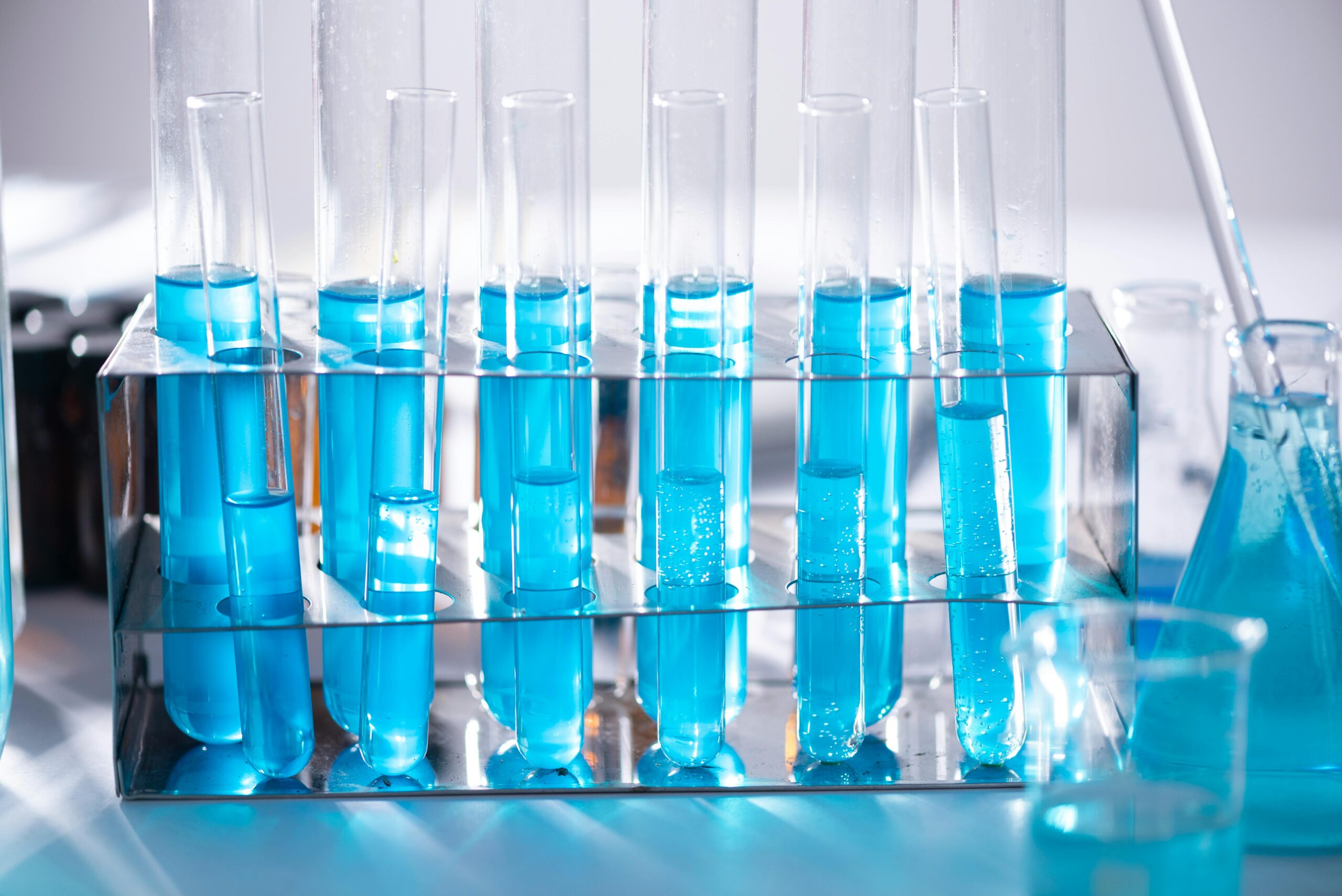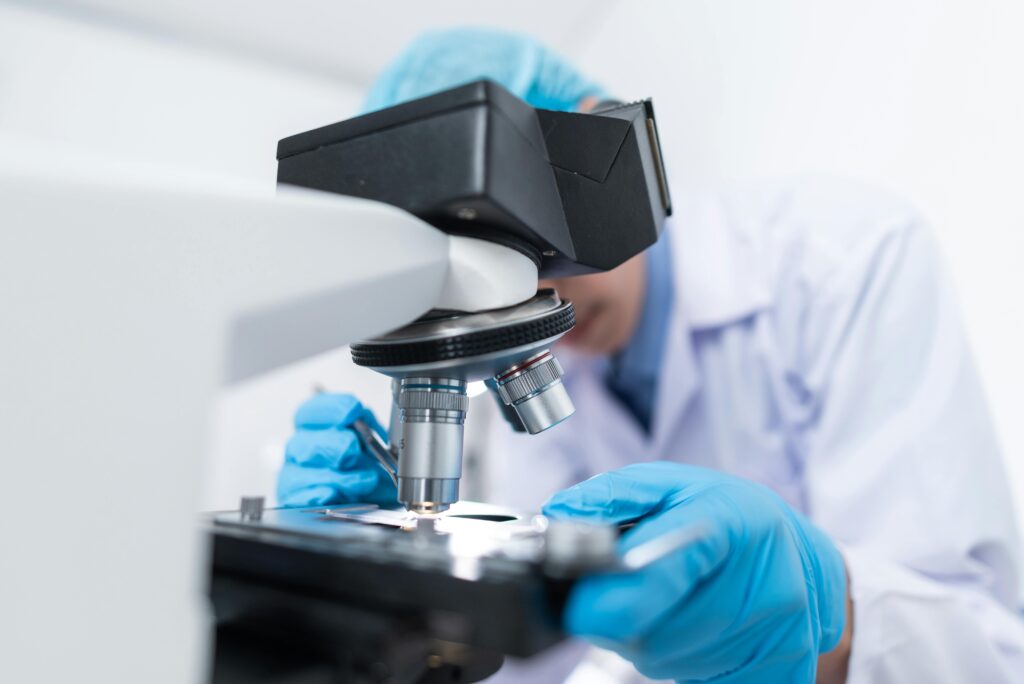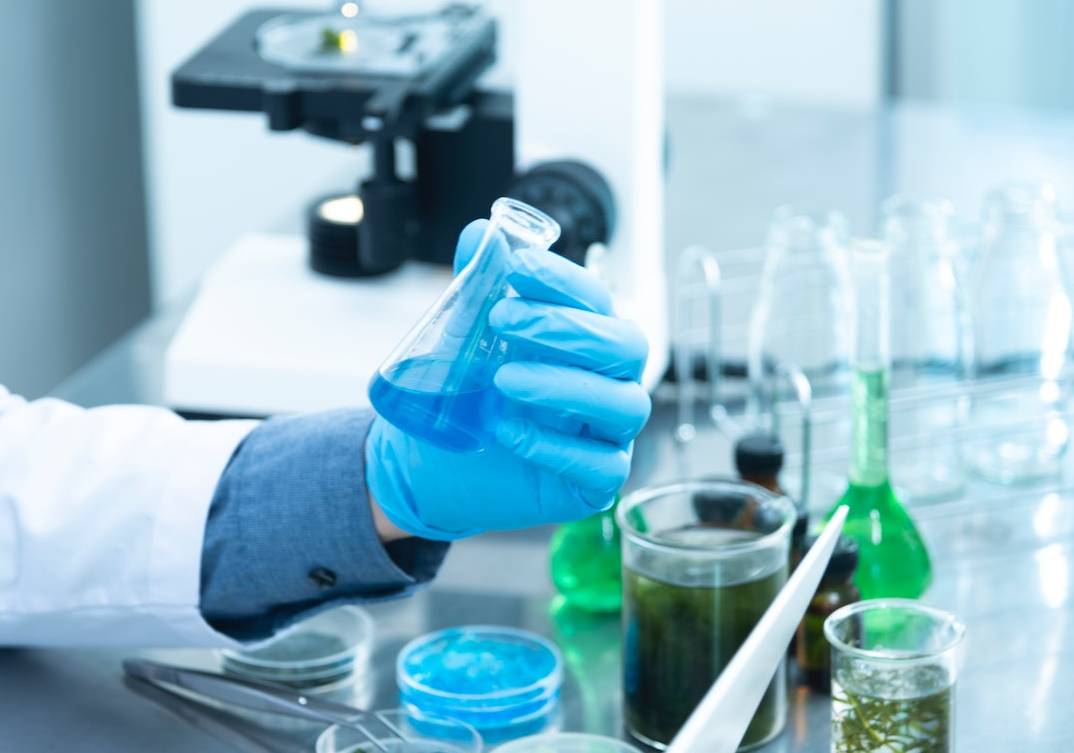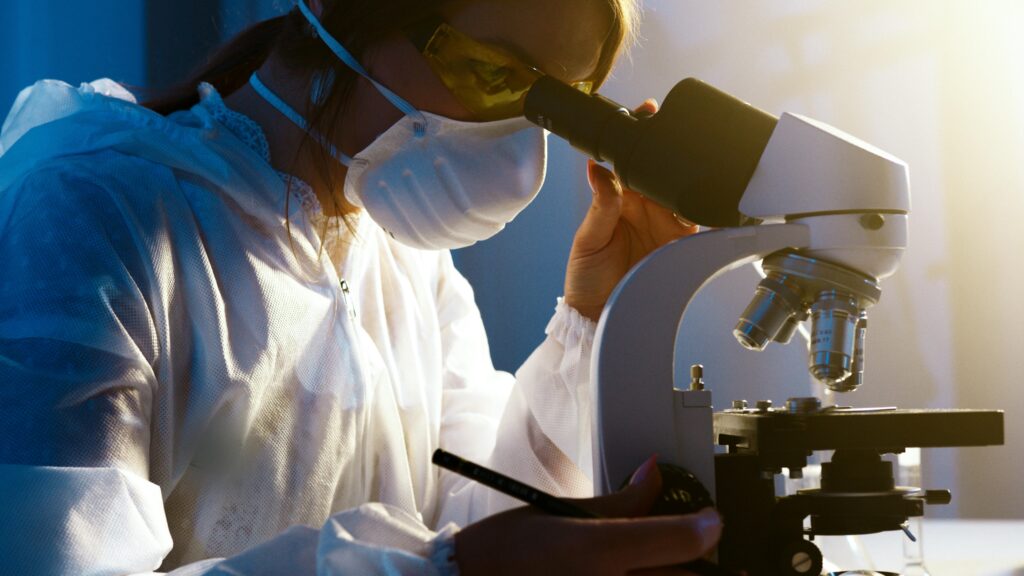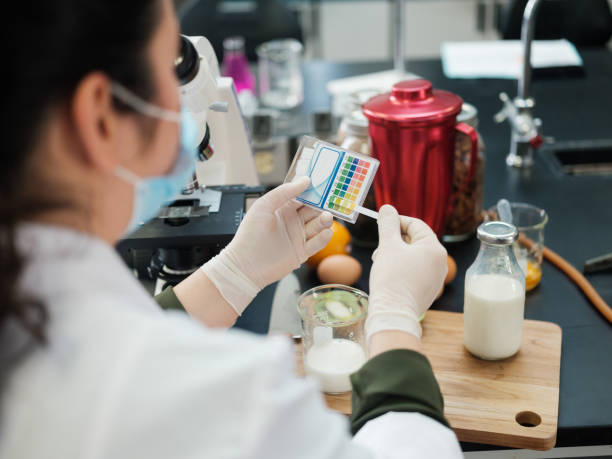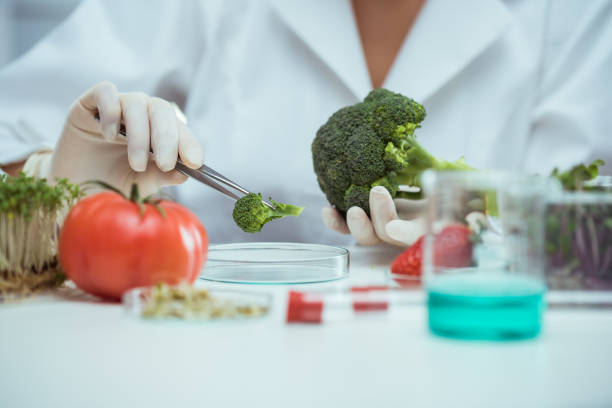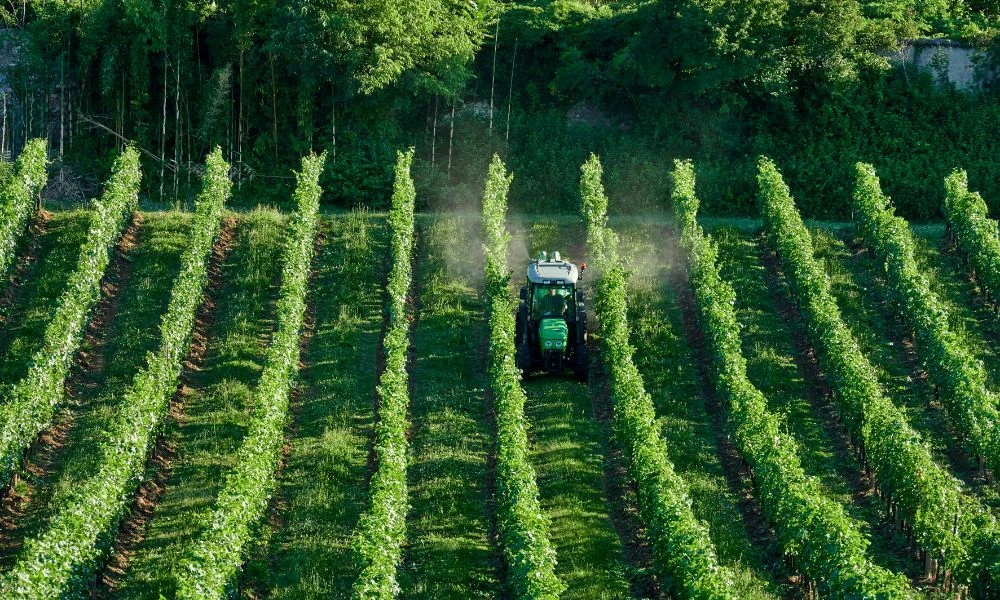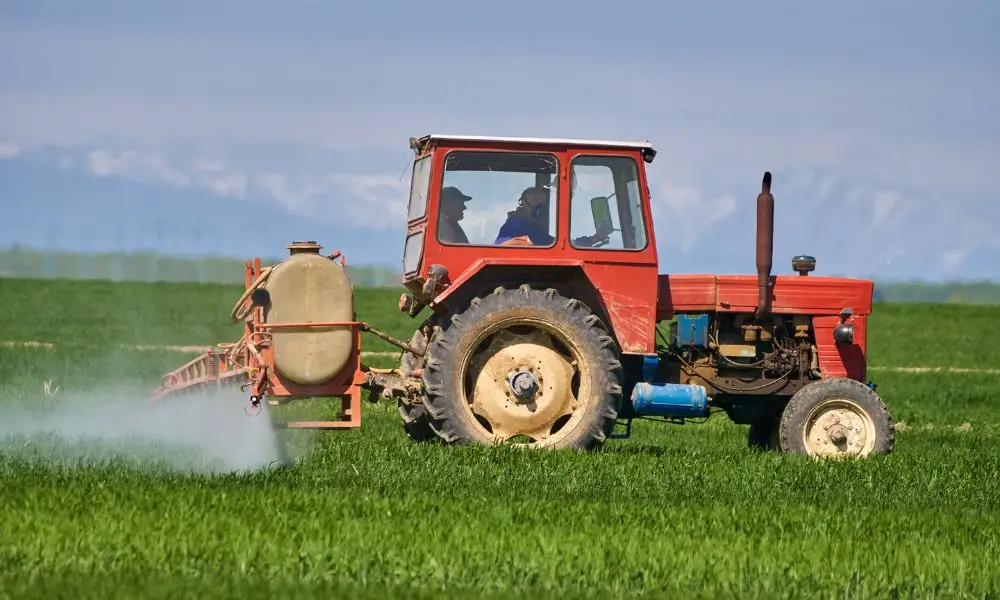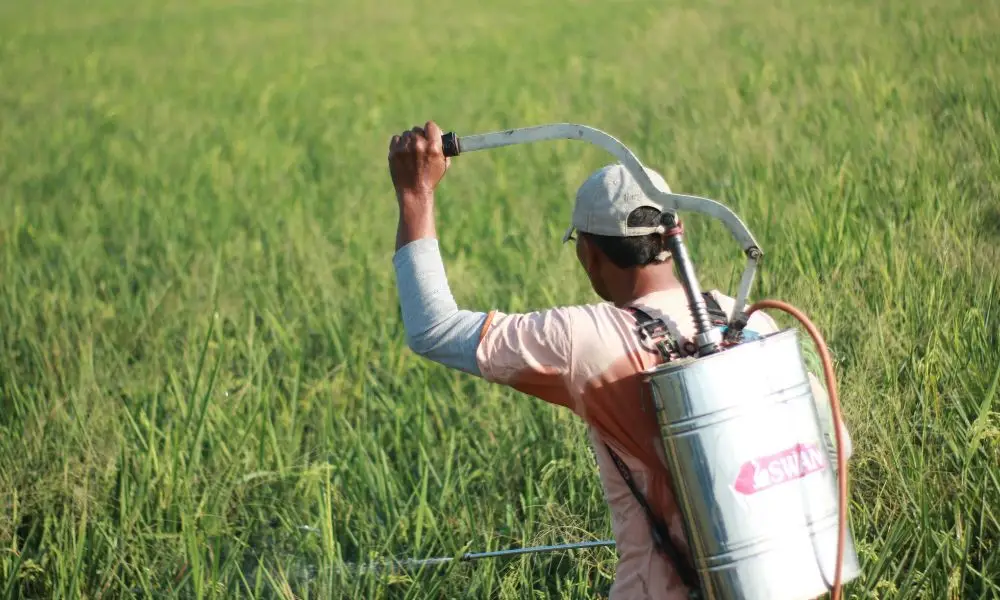In the complex world of modern agriculture, examining "pesticide analysis in food products" plays a crucial role in ensuring the safety of our global food supply. As the world faces the challenge of feeding a growing population, the widespread use of pesticides and herbicides in agricultural practices raises essential questions about the potential risks of these chemicals.
This exploration of pesticide analysis involves delving into advanced methodologies and developments in analytical techniques. It goes beyond a simple scientific inquiry and represents an active effort to understand the complex relationship between agricultural practices and people's health worldwide.
This blog post emphasizes the vital role of analytical techniques in understanding the complexities of pesticide residues and their impact on global health.
The Pesticide Menace: Understanding the Threat
The presence of pesticide residues in fresh agriculture is alarming and casts a shadow over food safety. This silent menace poses a significant threat to the environment and human health. It is increasingly apparent that we need to understand the factors contributing to the toxicity of these compounds.
Unraveling how these pesticides infiltrate the food supply chain and accumulate in agricultural produce is crucial for understanding their far-reaching consequences. As these toxic compounds persist and permeate ecosystems, their impact extends beyond immediate concerns, making a compelling case for a comprehensive examination.
Understanding these factors helps grasp the environmental implications. It holds the key to safeguarding the health and safety of those unwittingly exposed to these residues through consuming fruits, vegetables, and other agricultural products.
Agricultural Practices and Crop Output
Exploring modern methods to increase crop production reveals a landscape heavily shaped by the strategic use of various agricultural inputs. The array of tools used in current farming practices is diverse, including herbicides, fungicides, insecticides, pesticides, fertilizers, nematicides, and soil amendments.
Collectively, these elements contribute to optimizing crop yields, highlighting the complexity and precision required in modern farming. Herbicides and insecticides help control weeds and pests, ensuring unhindered crop growth, while fungicides protect against fungal diseases that could affect yield. With a broader scope, pesticides address various potential threats, from pests to diseases.
Fertilizers, rich in essential nutrients, improve soil fertility, promoting strong plant growth. Nematicides combat harmful nematodes, protecting the integrity of plant roots. Meanwhile, soil amendments are crucial in enhancing soil structure and nutrient availability.
The coordinated use of these inputs reflects the intricate balance between agricultural innovation and the pursuit of sustainable, high-yielding crops, emphasizing the multifaceted nature of modern approaches to crop improvement.
Pesticides in Focus: Harmful Impact on Vegetables and Fruits
The extensive use of pesticides in agriculture presents a complex threat to the safety of vegetables and fruits, which are essential for human diets. These chemicals can build up in plant tissues over time, potentially exceeding safe levels for consumers. Pesticides are widely used to protect crops from pests and diseases, but this also increases the risk of these chemicals being present in the foods people rely on.
Pesticides are designed to target specific organisms, but this selective toxicity raises concerns for non-target organisms, including humans, who may be exposed through consuming contaminated produce.
Furthermore, the stability of pesticides means that they persist, prolonging the risk for consumers. While this stability is essential for their effectiveness in protecting crops, it also means a prolonged risk for those who eat treated fruits and vegetables.
Given these complexities, addressing the bioaccumulative, widespread, selectively toxic, and stable nature of pesticides is crucial. This calls for strict monitoring, regulatory measures, and a shift towards sustainable agricultural practices to protect the integrity of the food supply chain and ensure the health and well-being of consumers.
Check out our blog post on the detection of pesticides in fruits and vegetables to get more information about this subject.
Analytical Techniques for Pesticide Monitoring
Monitoring pesticide levels in fruits and vegetables is crucial to ensure the safety of the global food supply. The potential health risks associated with pesticide residues require a comprehensive approach involving various analytical techniques such as gas chromatography, liquid chromatography, mass spectrometry, immunoassays, and molecular methods like PCR.
Collectively, these analytical tools provide a precise and thorough overview, allowing for accurately identifying and quantifying pesticide residues. This integrated monitoring system is essential, enabling regulatory bodies and producers to quickly detect and address deviations from safety standards.
Essentially, these analytical techniques are fundamental in safeguarding the safety and quality of food products consumed worldwide, fostering consumer confidence, and maintaining the integrity of the global food supply chain.
Evaluating Maximum Residue Levels (MRLs)
The intricate relationship between Maximum Residue Levels (MRLs) and pesticide analysis in fruits and vegetables is crucial for global food safety. MRLs, which represent the allowable concentrations of pesticide residues in food, play a vital role in establishing international standards to protect consumer health and harmonize trade practices.
However, setting MRLs is a complex task that requires a careful evaluation of factors such as the toxicological profile of pesticides and their impact on human health. Achieving a delicate balance between protective measures and practical agricultural implementation poses challenges, especially considering the diverse global landscape of farming practices, climates, and soil types.
The direct impact of MRLs on global food safety standards is significant, providing a shared framework for acceptable pesticide residue levels in produce. This, in turn, facilitates international trade by ensuring consistency and confidence in the safety of fruits and vegetables crossing borders.
Overcoming challenges in the MRL setting requires constant scrutiny, comprehensive data on pesticide residues, and adaptation to advancements in analytical techniques. The dynamic interplay between MRLs and pesticide analysis not only shapes international regulatory frameworks but also contributes to the ongoing commitment to ensuring the safety of the global food supply.
Analytical Review: Isolating Target Analytes for Consumption
Precision in pesticide analysis for food products is crucial, requiring a meticulous approach to ensure the accuracy of identifying and quantifying pesticide residues. This precision is essential as it isolates target analytes before consumption, enhancing the sensitivity and specificity of analytical methods.
Focusing on specific pesticides reduces the likelihood of errors, ensuring a more reliable assessment of pesticide content in fruits and vegetables. Beyond its role in the laboratory, this precision directly impacts food safety by enabling regulators and producers to make well-informed decisions.
Consumers also benefit from this meticulous approach, gaining transparent information about the presence of pesticides in the products they consume. In essence, the precision required in isolating target analytes upholds the integrity of analytical techniques and serves as a linchpin.
Also, check our blog post on pesticide testing in water for more information related to the topic.
Processes and Recommendations for Pesticide Residue Determination
Determining pesticide residues in food products involves several steps, starting with sample collection and moving on to sample preparation and analytical techniques like chromatography and mass spectrometry. These methods have benefits such as accuracy and high-throughput capabilities, enabling precise and efficient analysis.
However, challenges arise due to the complexity of the procedures, the potential for sample loss or contamination, and the need for sophisticated equipment and skilled personnel. To ensure effective implementation, it is essential to standardize sampling procedures, use state-of-the-art equipment, implement quality control measures, and provide ongoing personnel training.
These measures enhance the reliability and accuracy of pesticide residue analysis, addressing challenges and optimizing the overall effectiveness of the analytical processes.
MRLs in the Context of Pesticide Analysis
In pesticide analysis, Maximum Residue Levels (MRLs) are crucial regulatory standards that determine the acceptable concentrations of pesticide residues in food products, especially fruits and vegetables.
Establishing MRLs involves a comprehensive assessment of pesticide toxicity and potential risks to human health. Pesticide analysis utilizes advanced techniques like chromatography and mass spectrometry to identify and measure residues, ensuring compliance with MRLs. This precision is essential for ensuring the safety and quality of the food supply.
Furthermore, MRLs have a global impact, influencing international trade dynamics by requiring alignment for the smooth movement of agricultural products across borders. Essentially, MRLs in pesticide analysis function as a worldwide benchmark, directing analytical approaches and ensuring the safety of fruits and vegetables in domestic and international markets.
Ensuring Regulation: Analytical Procedures for Pesticide Levels
Ensuring regulation and monitoring of pesticide levels in fruits and vegetables involves a systematic approach to analytical procedures. Beginning with sample collection and preparation, these procedures aim to isolate pesticide residues from complex food matrices.
Advanced analytical techniques, including chromatography, mass spectrometry, immunoassays, and molecular methods, then detect and quantify these residues. While these procedures offer advantages in accuracy and sensitivity, challenges include process complexity and the need for skilled personnel and sophisticated equipment.
To maintain effective regulation, it is recommended to standardize sampling procedures, use state-of-the-art equipment, implement quality control measures, and provide ongoing personnel training. These measures contribute to the reliability and accuracy of pesticide residue analysis, supporting regulatory efforts to ensure the safety and quality of food products.
The Challenge in Pesticide Analysis in Food Products
The analysis of pesticides in food products presents a multifaceted challenge, reflecting the complexity of ensuring food safety in the face of widespread pesticide use in agriculture. Several vital challenges contribute to the intricacies of pesticide analysis:
Diverse Types and Classes of Pesticides:
The wide range of pesticides used in agriculture, such as herbicides, fungicides, insecticides, and others, each with distinct chemical compositions, poses a significant challenge. Analytical techniques must be versatile enough to detect and quantify various compounds.
Complex Matrices in Biological Materials:
Fruits and vegetables present complex matrices with diverse chemical compositions. Extracting and isolating pesticide residues from these matrices without interference from other compounds is a challenging analysis aspect.
Bioaccumulation and Selective Toxicity:
Pesticides often exhibit bioaccumulative properties, accumulating in plant tissues over time. Their selective toxicity poses challenges, as they may affect non-target organisms, including humans. Analytical methods must account for these factors to assess potential risks accurately.
Global Regulatory Disparities:
Variances in regulatory standards and Maximum Residue Levels (MRLs) across countries create challenges for international trade. Harmonizing these standards and ensuring consistency in pesticide analysis methods is crucial.
Advancements in Detection Technology:
While advancements in detection technology offer increased sensitivity and precision, staying abreast of these technologies and ensuring their compatibility with existing analytical techniques can be challenging.
Effective Sample Preparation:
Sample preparation procedures for pesticide residue measurement must effectively remove interferences and concentrate analytes. Achieving this while maintaining compatibility with current analytical techniques is a persistent challenge.
Checkout our blog post on the importance of pesticide residue testing in India.
Multi-Residue Approaches: Seeking Comprehensive Solutions
Introducing multi-residue methods in pesticide analysis represents a significant step forward in addressing the complex challenges associated with a wide range of pesticides and diverse food matrices. These comprehensive techniques encompass a broad spectrum of pesticides within a single analytical framework, streamlining processes, improving efficiency, and promoting cost-effectiveness.
By incorporating advanced analytical techniques such as chromatography and mass spectrometry, multi-residue methods greatly enhance sensitivity and specificity, enabling the precise detection of even trace amounts of various pesticide residues in food products. In addition to their analytical capabilities, these methods tackle challenges related to bioaccumulation and global regulatory differences and promote sustainable agricultural practices by providing a standardized methodology aligned with international standards.
Ultimately, multi-residue methods represent an innovative solution, reflecting a comprehensive commitment to advancing analytical techniques and ensuring the safety and quality of the global food supply in pesticide analysis.
Check out SMS LAB's pesticide testing services for your business needs related to food products.
Conclusion
The exploration of pesticide analysis in food products underscores the need for robust procedures to address the rising challenge of pesticide residues in agriculture. Utilizing diverse analytical techniques, including chromatography and mass spectrometry, is crucial for accurately identifying and isolating pesticide residues.
Overcoming the complexity of biological matrices in fruits and vegetables requires meticulous sample preparation. Adhering to Maximum Residue Levels (MRLs) is pivotal for effective regulation and international trade, emphasizing the importance of global harmonization.
Practical recommendations for food analysts and regulatory authorities include standardized sampling procedures, adopting advanced equipment, implementing quality control measures, and continuous personnel training.
Embracing these measures collectively empowers stakeholders to monitor the safety and quality of fresh food products effectively. The evolution of multi-residue approaches signifies a comprehensive solution, streamlining processes and promoting sustainability in agriculture. This collaborative effort ensures a safer and healthier global food supply by addressing challenges associated with pesticide residues and upholding stringent regulatory standards.


